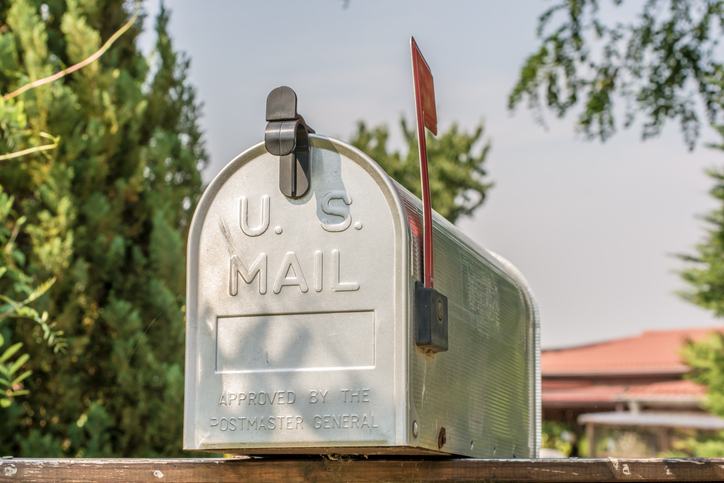In today's digital world, most of the messages we receive as consumers come from online platforms. However, leveraging traditional methods of communication is still effective for reaching customers. According to Newswires, direct mail boasts an average response rate between 2.7% and 4.4%, while email only has a 0.6% response rate.
Direct mail remains a relevant and valuable way for your company to advertise itself to the public. But the idea of unknowingly sending your print materials to random addresses might seem daunting.
Thankfully, the United States Postal Service (USPS) offers a program that allows you to send your direct mail specifically to your company's target demographic, making it even more effective! This feature is called Every Door Direct Mail (EDDM). Read on to learn more about this helpful option!
5 Things to Know About Every Door Direct Mail
1. Individual Address Are Not Required
One of the advantages of EDDM is that you don't need to know the specific mailing addresses of your recipients.
Instead, EDDM uses zip codes or neighborhoods to send your print materials to every door within that area.
2. Pinpointing Your Target Demographic
EDDM uses official U.S. Census data, allowing you to identify factors such as age, income level, and other demographic statistics for your selected community.
This feature simplifies targeting areas with the highest likelihood of a positive response from your company's desired audience.
According to CompareCamp, 54% of consumers say they only want to receive direct mail from brands that interest them. EDDM can help ensure that the addresses your mail gets sent to are the customers most likely to be interested in your products or services.
3. Limitations
Before deciding whether EDDM suits your company, it's essential to consider its limitations.
The program only allows you to send mail to either a mix of residential and business addresses or a list of strictly residential addresses. In other words, if your company's target demographic is solely businesses, EDDM might not be the most profitable option.
Additionally, remember that to use EDDM, your company must send a minimum of 200 pieces of mail and a maximum of 5,000 per day for each selected ZIP code.
4. How to Start Using EDDM
To begin using EDDM for your direct mail, whether you represent a business or an individual, you'll need to create a USPS account to start using EDDM for your direct mail.
Once you have an account, use the online tool to select the geographic areas where you'd like your mail sent. Take advantage of the demographic filters to refine your target audience!
5. Design and Send Your Direct Mail
When designing your direct mail pieces, ensure they follow the guidelines and requirements for EDDM.
These specifications can be found on the USPS website. Remember to make your mailpiece eye-catching and easy to read, with a clear call to action. Then drop off your mailpieces at a post office or ship them to one with the correct EDDM facing slip attached.
EDDM is a helpful way to increase the effectiveness of your company's direct mail and eliminates the need to purchase or create a mailing list.
Consider using EDDM for your next batch of print materials and see how it can impact reaching your target audience! Contact us with questions about utilizing this tool with your next campaign.

Comments
Post a Comment